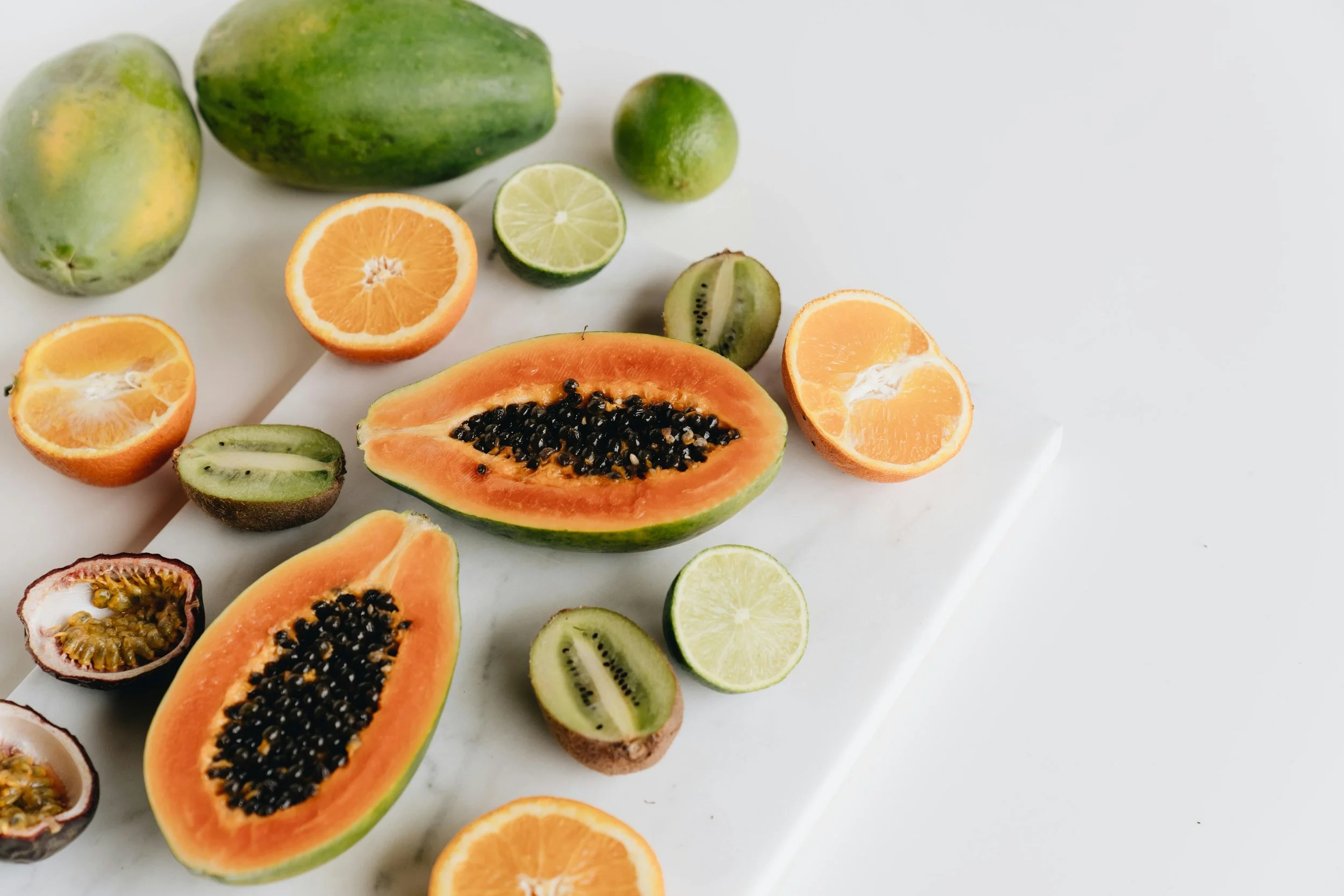How A Nontoxic Lifestyle Affects Genes
A new emerging field of biology called epigenetics is changing how we view health. We’ve known that both our genes and our environment play a role in health, but now we’re learning through epigenetics that the link between the two far surpasses what anyone expected. Let’s explore how our lifestyle choices impact our genes and the nontoxic options we have at our fingertips to influence health.
What Is Epigenetics?
Epigenetics is the study of how environmental factors affect genes. Your genes, or your DNA, can be modified based on what you’re exposed to at home, in your lifestyle, or even at work. Our exposures to chemicals and heavy metals through our food, drinking water, personal care products, or even home goods are part of the epigenetic argument for adopting a cleaner lifestyle.
Small exposures to toxicants add up over time and modify our DNA to secretly turn genes on or off. And this is where things get tricky! If genes are turned on or off by environmental factors we become more susceptible to the following: neurological disease, inflammatory & autoimmune disease, cardiovascular disease, and cancer. But here’s the good news-these changes to gene expression are largely thought to be reversible!
Just by changing your habits to be more aligned with nontoxic living you can undo epigenetic changes that poorly impact health. So let’s get into how cleaning up your home and lifestyle can do just that, and let your DNA do what it does best- designed to keep you healthy and to heal!
How Your Home Environment Impacts Your Genes
Integrative Nontoxic Living looks at how we are exposed to toxicants in all that we do, consume, & buy. This practice aims to reduce exposures to chemicals, heavy metals and EMF’s in 5 main categories of the home:
Kitchen
Personal Care Products
Nursery & Children’s items
Textiles & Clothing
& Complete Home
Within these categories there are opportunities to choose safer products and habits that protect your genes. By reducing your exposures and improving your home environment you’re able to temper gene modification, DNA damage, and the potential disease processes that come along with such changes.
Perhaps this is why at AHH, nontoxic living is thought to be preventative interior medicine. Because it can transform everything from water quality, food sourcing, chemical exposure, heavy metal burden, and so much more. Detoxing your home can combat disease, sustain health, and protect everyone in the family. So let’s explore a few nontoxic living tips to fortify your home environment:
5 Nontoxic Choices For Happy Genes & Good Health
Remember when it comes to nontoxic living, small changes matter! To get you started in keeping your genes happy, here are 5 top tips that you can practice on your own timeline:
Kitchen-did you know that your drinking water can expose you to things like lead, PFAS, & EDC’s, all of which can impact gene expression? By purchasing a water filter you can remove these toxicants for every glass you pour! We’ve written an easy guide in choosing the right filter for your family, here.
Personal Care-did you know that your personal care products often contain toxicants that impact your genes? And many common, nontoxic buzz words that appear on products don’t actually make them any safer. Words like cruelty-free, vegan, clean, green, natural, or certified/verified nontoxic are ALL just marketing. However, there is one certification that is making products safer for human health called Made Safe. You can read more about it & explore their products, here.
Nursery & Children’s-did you know that the age of your home can influence gene expression? If you live in a historic home or one built before 1978 there may be lead-based paint present and be a source of exposure for you & your children. If this is a concern you can ask your pediatrician for a BLL test, and take measures to reduce lead exposure right away. If you’re wanting to test materials at home you can purchase this savvy test kit from Lumitallix.
Textiles & Clothing - did you know that synthetic clothing contains endocrine disrupting chemicals (EDC’s) that can affect gene expression? And since our skin is our largest organ we absorb these toxicants. With this in mind it’s best to: choose second-hand clothing that has been laundered to wash out some of these chemicals; OR you can choose natural fibers such as wool, linen, or organic cotton which are fabricated and treated with less EDC’s altogether.
Garden-did you know that that Roundup weed killer, aka glyphosate, contains heavy metals like arsenic, lead, mercury, and chromium VI (which made the film “Erin Brockovich” famous)? These toxicants affect gene expression, but you can make alternative weed killer to reduce your exposure using basic home ingredients seen here.
We hope these tips will serve you on your nontoxic journey, and remember we are here to help at any point along the way! And if you’re interested in learning more about epigenetics you can watch a quick overview here.



